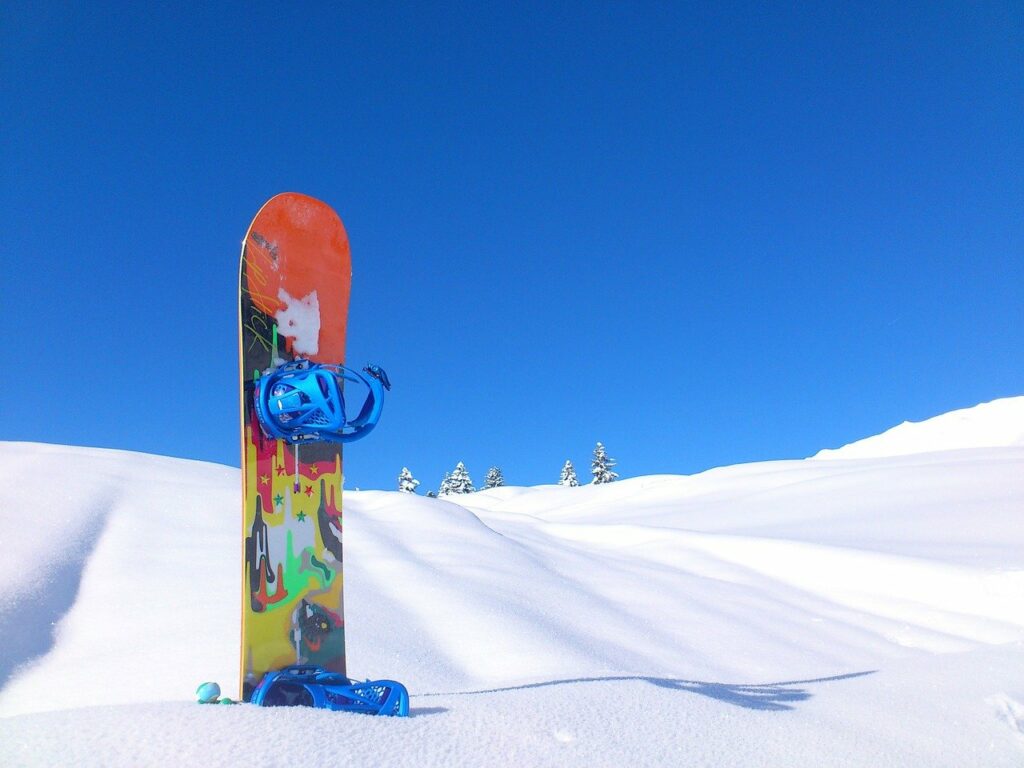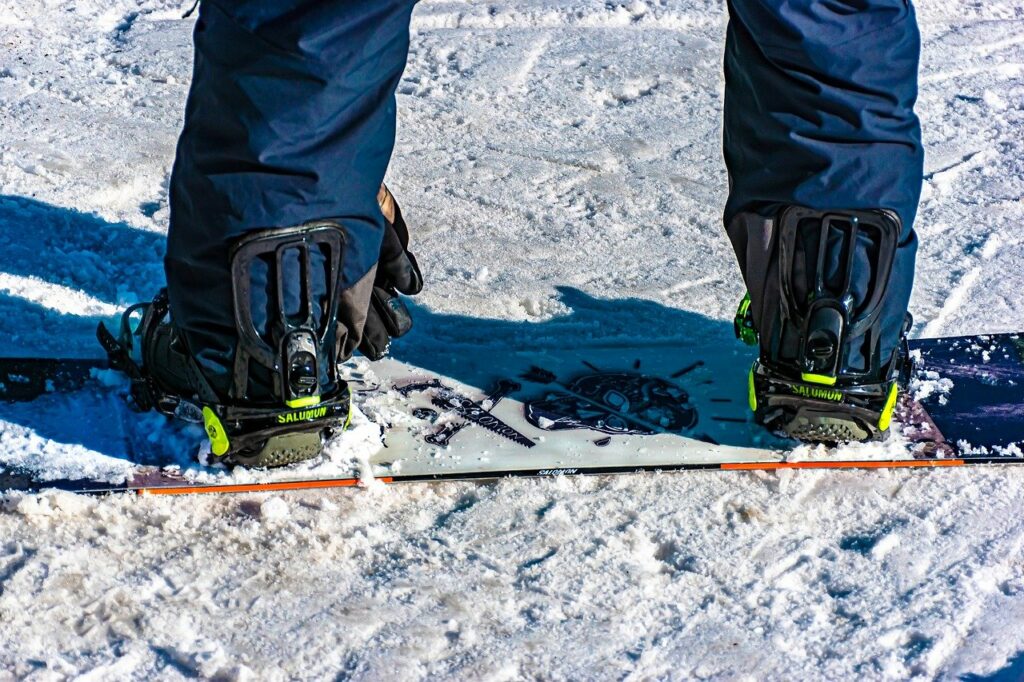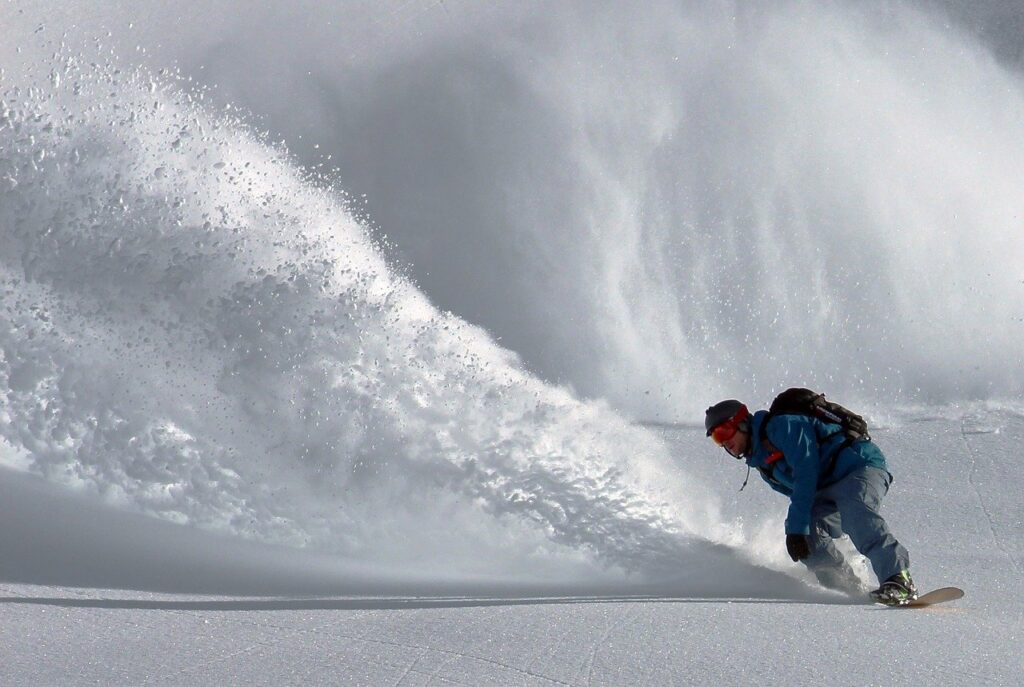How Snowboards Are Made
Whether you love to shred on the slopes or you’re simply curious to see how cool things are made, snowboards are pretty fun to watch in their construction. For the most part, they are built fully or partially by hand, which means creating one is a careful and involved process. It may seem like snowboards are simply a slab of wood with a graphic, but there’s actually a lot that goes into the construction of quality boards.
- The Core
The core is the wooden part most people think of when it comes to snowboard construction. It’s usually made of a sturdy strip of wood cut from laminated pieces that have been firmly pressed together. This can result in all kinds of patterns and structures. Once the wood is cut lengthways and sanded down to perfection, it’s prepped for the next few layers.

- Fiberglass
On most snowboards, a layer of fiberglass sits on either side of the wood core. It acts as a protective layer and helps to stiffen the board even further. The fiberglass is pressed onto both sides with a strong epoxy, and any bumps, lumps or bubbles are pressed out so the snowboard is flat and smooth. Afterward, it’s left to dry and harden.
- Topsheets
Topsheets tend to be where people like to have fun. It’s the layer most people think of when considering snowboard aesthetics, as it’s the part with the graphic on it. There’s a wide variety of options here. While some manufacturers choose to stick with wood, others prefer fiberglass. Other materials that often make the rounds are nylon, plastic and other composites. Most companies use screen printing or silk screening to achieve the desired graphic.

- Base
The base is just what it sounds like — it’s the part of the snowboard that glides along the snow and makes for the perfect ride. It often determines the feel of the board, and it’s usually about preference. While some people prioritize long-haul durability, others want to maximize speed. Some manufacturers choose to put on the base first, before the topsheet. That’s also a matter of preference. It often has a graphic printed on it, which is usually added through silk screening or screen printing, like the topsheet.
- Resin and Wax

The snowboard’s major components are held together with resin. This is a very precise and important step in the process, as it holds the product together and keeps it running smoothly. Too much or too little could throw it off. After the resin, the bottom of the board is coated in a thin layer of wax. This helps it glide along the snow with a smooth sense of ease.
Snowboard Construction
A lot goes into the construction of extreme sports equipment, and snowboarding is no exception. Every manufacturer puts their own spin on things, and that helps to make each board unique. From the small details to the ride to the graphics under your feet, snowboard construction is a pretty amazing process.
I am making 10,000 Dollar at home own laptop .Just do work online 2 to 4 hour proparly . so i make my family happy and u can do …. http://www.cashapp3.com
เล่นบาคาร่าได้ไม่อั้นตามใจคุณที่ bcr99th เว็บเกมบาคาร่าอันดับ 1 เปิดให้บริการครบทั้ง 365 วันเพียงแค่ Click จะมีรูปแบบเกมให้เลือกเล่นมากมาย สามารถเลือกเล่นได้ตามต้องการ และมีอิสระในการเดิมพันอย่างเต็มที่ พร้อมทั้งสามารถเข้าสู่ระบบเกมได้อย่างง่ายดาย รองรับการเล่นทุกช่องทางออนไลน์ ทั้งคอมพิวเตอร์ PC และ มือถือสมาร์ทโฟน ระบบเกมมีความเสถียร รับรองไม่สะดุดแน่นอน